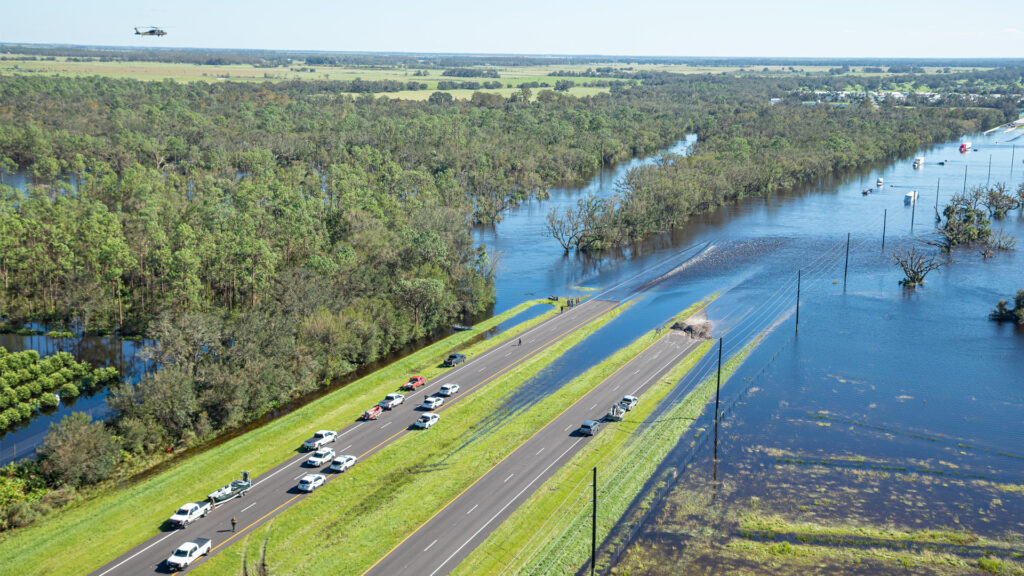A roundup of news items related to climate change and other environmental issues in Florida:
7 lessons for the 2023 hurricane season from Hurricane Ian | Tampa Bay Times

The 2023 hurricane season is upon us. In Southwest Florida, however, scores of people are still struggling to overcome the devastation wrought by Hurricane Ian.
Ian made landfall in Cayo Costa as a monster Category 4 storm in September. The hurricane scarred the Southwest Florida coastline and flattened homes and businesses along the shores of Fort Myers Beach in Lee County. Ian is the costliest storm in Florida’s history, with more than $109 billion in damage, and it killed at least 156 people — a staggering number of fatalities for a hurricane in the United States.
There are lessons to be gleaned from the rubble left behind, from the water marks that are as high as 15 feet branding Fort Myers buildings to the roads washed away as far as 50 miles inland in Arcadia because of river flooding. And there are the harrowing stories of those who escaped the worst of Ian — and those who did not.
How Ron DeSantis shaped Florida’s environment | Politico
TALLAHASSEE, Fla. — When Ron DeSantis first ran for governor in 2018, waves of red tide, dead fish and even manatee carcasses were washing up on southwest Florida beaches. Elsewhere, guacamole-green toxic algae blotted the coastline, sending residents and tourists fleeing in disgust.
DeSantis took advantage of those optics. He hammered his Republican primary opponent for his ties to Florida’s sugar industry, which is often blamed for South Florida’s water quality woes. DeSantis also called on Republicans to take a stronger stance on conservation, saying the party has “a great opportunity to really claim this as our mantle.”
And it worked. DeSantis won the primary and election, in part by riding the tide of environmentalism in Florida. But four years later and after officially launching a presidential bid, environmentalists and others offer praise and disappointment — sometimes simultaneously.
New billion-dollar water system in Florida Keys sent raw sewage into ocean, state says | Miami Herald
The Florida Keys opened a billion-dollar sewer system in 2017 to carry wastewater to underground wells. Leaders say the $200 million portion in the Lower Keys protects nearshore waters and the coral reef, a cornerstone of the island chain’s fragile ecosystem.
But within two years of the new system’s completion, parts started hemorrhaging raw sewage into the Atlantic Ocean and Gulf of Mexico, according to documents obtained by the Miami-Herald/FLKeysnews.com.
And according to another internal document obtained by the Miami Herald this week from the water utility that runs the wastewater system, the Florida Keys Aqueduct Authority, the cost of the state-mandated repairs is estimated to exceed $16 million.
If you have any news items of note that you think we should include in our next roundup, please email The Invading Sea Editor Nathan Crabbe at nc*****@*au.edu. Sign up for The Invading Sea newsletter by visiting here.



